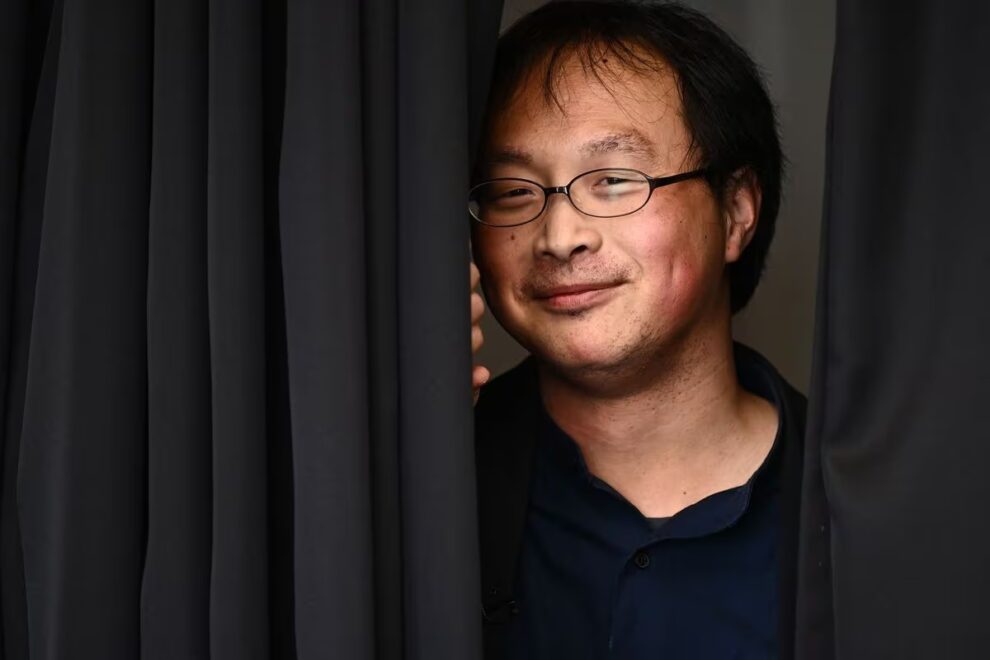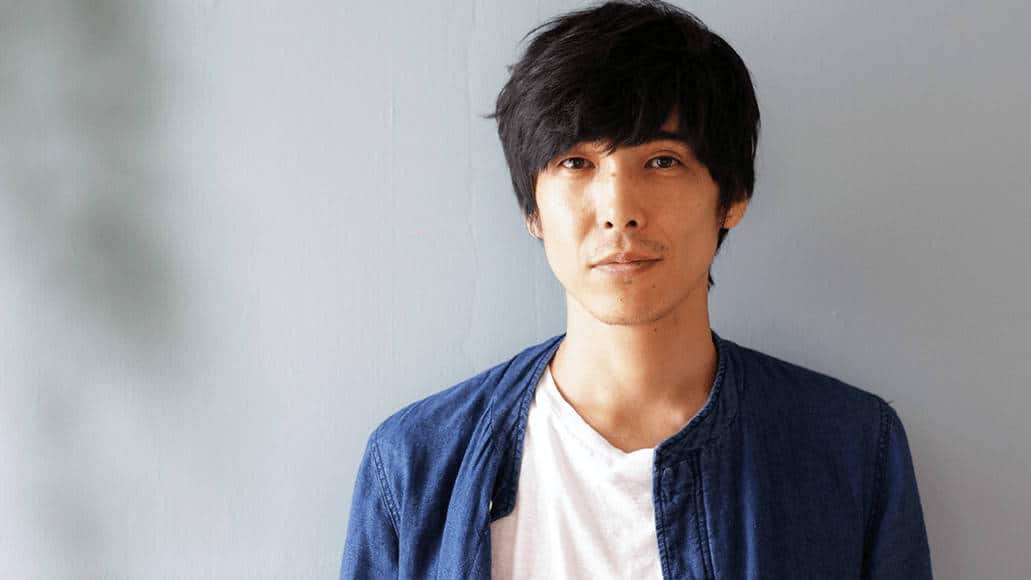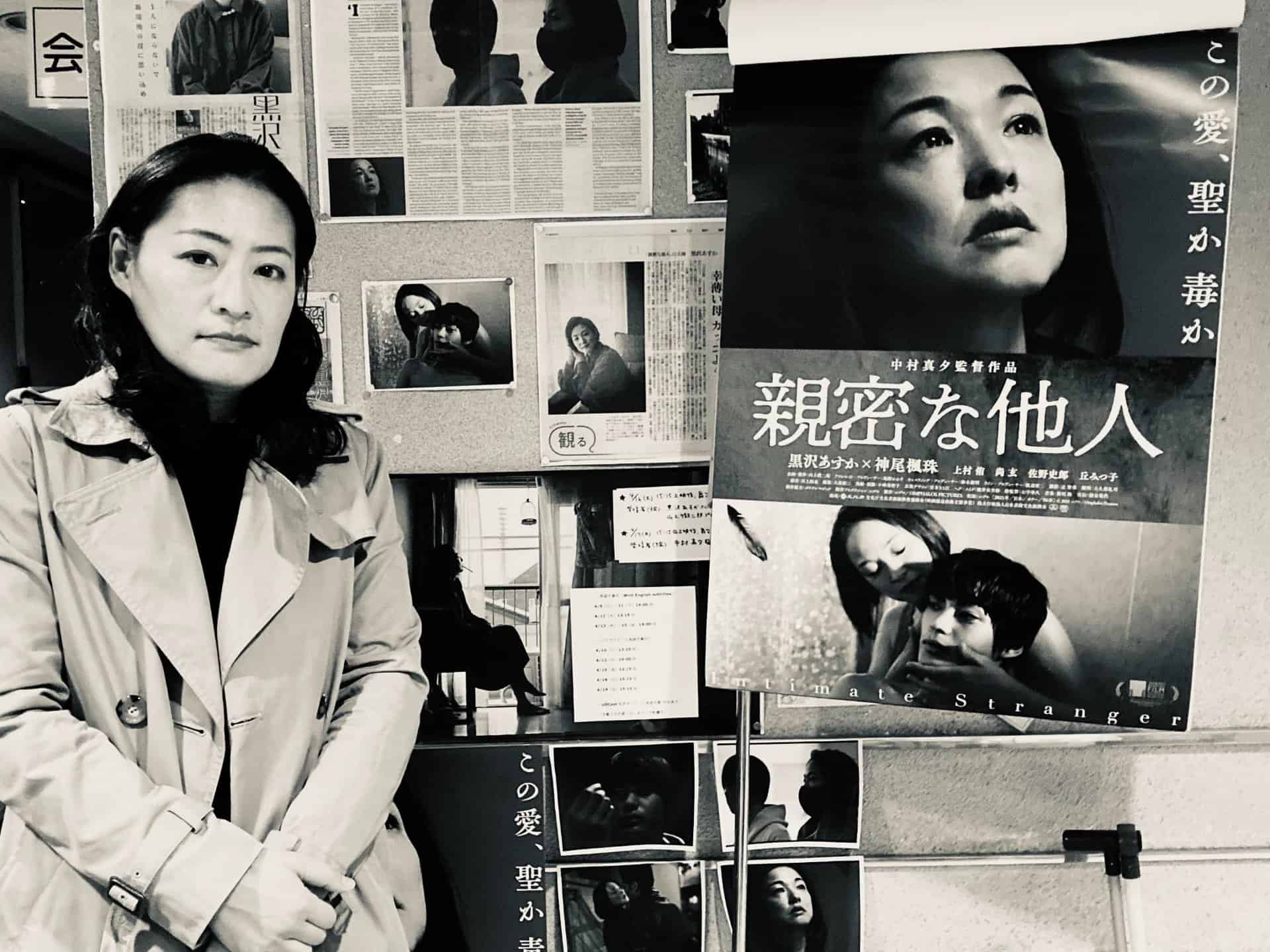The question of who will continue the legacy of the 4Ks (Takeshi Kitano, Hirokazu Koreeda, Kiyoshi Kurosawa and Naomi Kawase) and particularly their successes on the international movie scene is one of the most dominant in the discussions among critics and scholars of Japanese cinema. Following the 2016 Un Certain Regard Jury Prize for “Harmonium”, one of the names that provides an answer to the aforementioned question is that of Koji Fukada. In the following text, we will take a closer and more thorough look at all the elements that make the 1980 born filmmaker a worthy successor of the aforementioned masters, starting from the very beginning of his life.
Born in Tokyo in Tokyo on January 5, 1980, Koji Fukada had a father who was a film buff, which resulted in him growing up in an environment surrounded with hundreds of VHS tapes, and subsequently, to become a cineaste, just like his old man. He watched the movies that inspired him to become a filmmaker in his junior highschool years, when the French “Les Enfants du Paradis” by Marcel Carné and the Spanish “El espiritu de la colmena” by Víctor Erice, made a huge impression on him, with the young Fukada thinking at the time: “They were nothing like movies I had seen before”. His passion for European cinema, which would actually follow him on his career, from its very beginning, started around this time. Later on, he attended the Faculty of Literature at Taisho University and in 1999, he began taking evening classes in filmmaking at the Film School of Tokyo, where one of his teachers was Kiyoshi Kurosawa.
Two years later, he shot and produced his first film, “The Chair”, which tells the story of four people who are connected by a “chair” during a summer: Izumi, who lost her sister in a car accident; Fukushima, an old man who draws portraits; Takashi, an elementary school student; and his mother, Chie, who earns her living in the sex industry. “The Chair” is actually a rather obscure title, having screened very briefly in Japan, but the motifs that lead to Fukada's later works can be seen throughout.
Unfortunately, I could not find any info on two of his later shorts, “Alice in Caprices: Kisôkyoku no Arisu” and “Home Sweet Home” apart from the listings on IMDB (linked in the titles). The same applies to the 2009 short, “Bicycle & Music“.
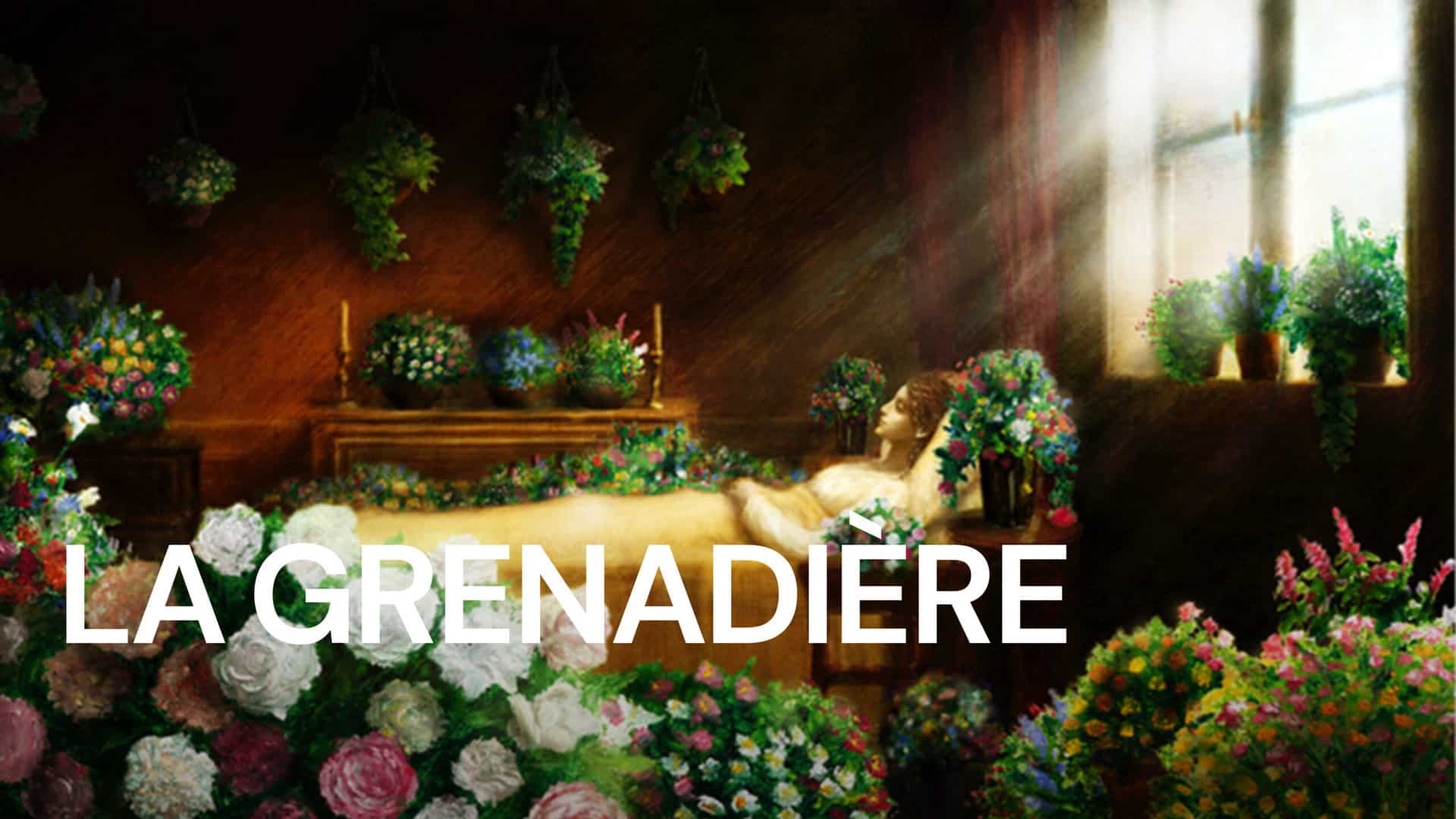
His fourth film, a short titled “The Grenadier”, was adapted from Honoré de Balzac's short story “La Grenadière” and focuses on Madame Willemsens, who rents La Grenadière, a lovely house on the banks of the Loire, staying there with her two young sons Louis Gaston and Marie Gaston, and her elderly servant Annette. Fukada implemented an unusual technique, mixing seventy impressionist paintings by Takeshi Fukazawa with animation, voice over and music, resulting in a movie that captures the melancholy of the text perfectly. His taste for formal experimentation and the mixing of genres started somewhere around here.
In the same year, 2006, Fukada joined the production unit of renowned playwright Oriza Hirata's theatre company, “Seinendan”. His experiences in the troupe also influenced his cinematic work, as he often used their actors in his films, as in the case of Kanji Furutachi who has repeatedly starred in his movies. “Harmonium” , whose conception took place roughly around this time, is based on what he learned during his years in the company.
His fifth work, “Human Comedy in Tokyo” was once more inspired by Balzac's work, this time of “The Human Comedy”. Moving somewhere between the stage play and the omnibus, the movie describes, in three episodes, ordinary everyday lives without any significant incidents. Various dialogues are elaborately woven to bring tiny splits in human relationships to light, and through the three parts, the characters have their moments of realizing that they are actually in solitude. The influence of Eric Rohmer, who weaved naturalistic performances and recurrent touches of ambiguity into his profound dramas about relationships is rather evident here, in another element that would accompany Fukada in his later works. The impact of the French New Wave director, and particularly of his 1986 classic, “The Green Ray”, is actually a piece of information that comes up in almost every discussion about the Japanese master, who has stated during a 2013 interview for Screen Anarchy, “…every time I make a movie I have his shadow looming over me, I ask myself “how would he shoot this?”
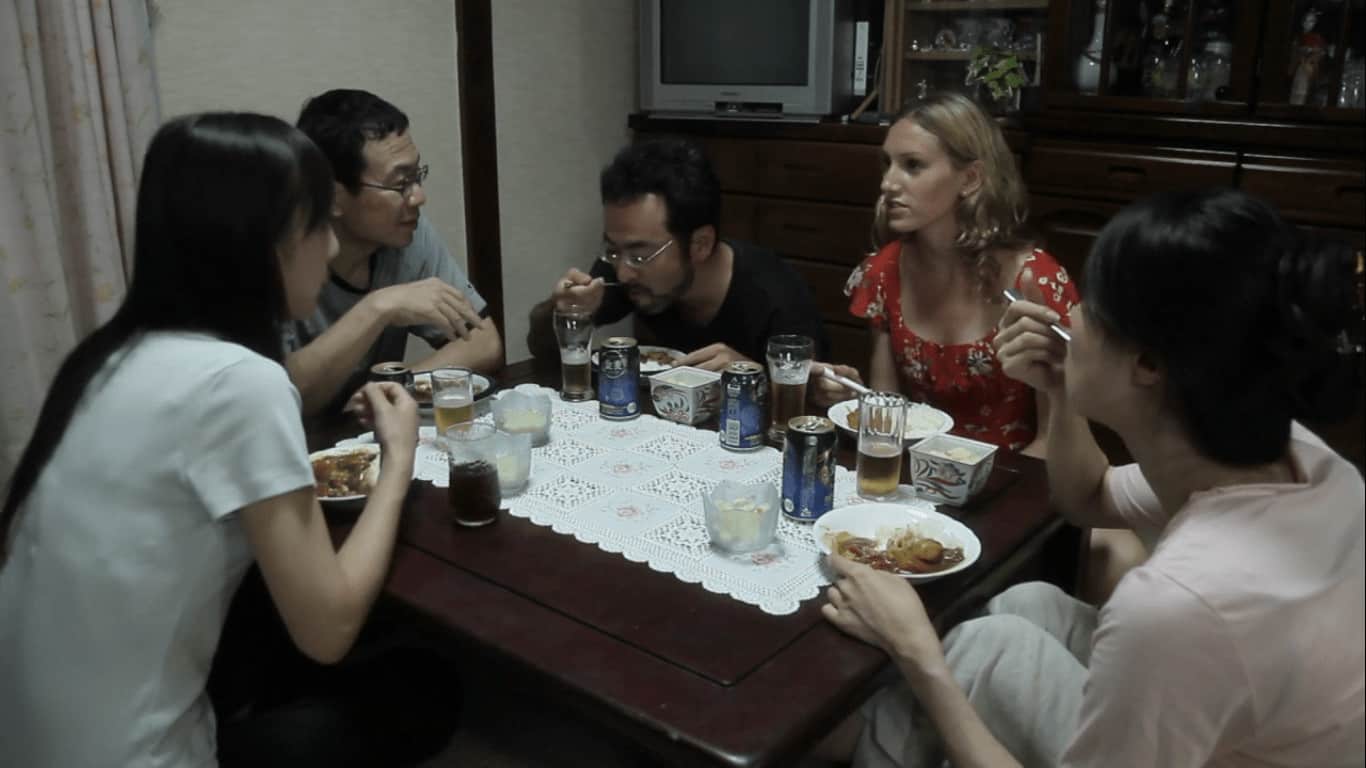
2010 was a rather important year for Koji Fukada, since “Hospitalité” netted the Best Film in the Japanese Eyes section of Tokyo International Film Festival and was extensively screened abroad, signaling the beginning of wider recognition for the Japanese filmmaker. This witty black comedy revolves around a mysterious stranger who talks his way into a job at a small Tokyo printing shop, eventually becoming part of the lives of the shop's owner and his family. Essentially an allegory/satire for xenophobia, “Hospitalite” owes much of its success to the characters Fukada wrote, all of which seem like “perfect samples” of the average petite-bourgeois family, but actually harbor secrets regarding their past, with their revelation adding much to an already quite intriguing context.
His next work highlighted the influence of Eric Rohmer more than any other. Mostly circulating under the title “Au Revoir L'Ete”, (aka “Goodbye Summer”), the movie focuses on Sakuko, a 18 year old student who has just failed her University entrance exam and is going for a short holiday to a small seaside resort with her aunt Mikie, and includes a number of the French director's aesthetic elements: A quiet seaside town, dreamy young girls in pastel dresses on bicycles, sound of crickets in the sunny afternoons. At the same time, however, the movie is intrinsically Japanese in the way it confronts some social themes, the guilt and shame of a recent past and the attitude toward women, particularly through natural and honest dialogues and a graceful pace.
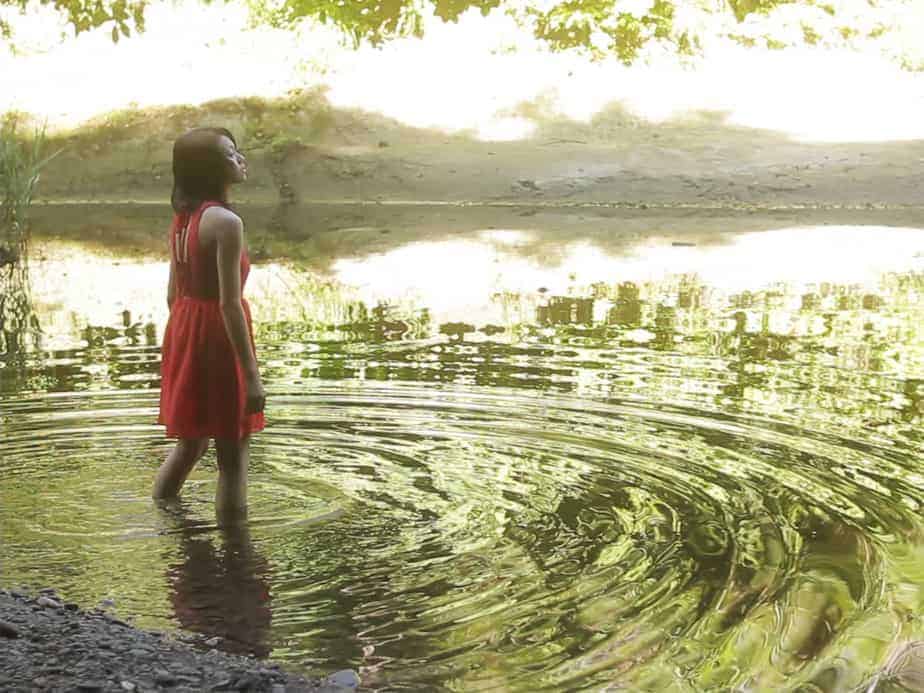
Regarding the French titles of these two movies, in another trademark of Fukada's filmography, the producer of the film, Kiki Sugino, says in an interview for Asian Movie Pulse on the occasion of “Au Revoir L'Ete” screening at Rotterdam: “When we were working on this film, we chose “Hospitalité” to be the international title. We did that because the film was inspired by French philosopher Jacques Deridda's idea of the term “hospitalité”. This time as well , we chose a French title because it seemed to fit the director more as he is inspired and influenced by the French Nouvelle Vague movement. Next to this, in a country where people have almost no vacation, we wanted to create a film that feels like a vacation. So instead of an English international title, we felt that a French title would be able to achieve this better.”
Adriana Rosati writes about the film: The French title spoon-feeds a Rohmer inspiration and yes, there are all the French director's aesthetic elements, a quiet seaside town, dreamy young girls in pastel dresses on bicycles, sound of crickets in the sunny afternoons, but common places aside, this movie is intrinsically Japanese in the way it confronts some social themes, the guilt and shame of a recent past and the attitude toward women. All this is conveyed with natural and honest dialogues and a graceful pace that sometimes reminds of Koreeda of “Still Walking”. Koji Fukada has written and directed this movie with a gentle and measured touch and the choice of the 4:3 format, instead of taking millimeters away from the viewers, donates instead a special grace and intimacy to the images (surely helped by the square-empowering Instagram era).
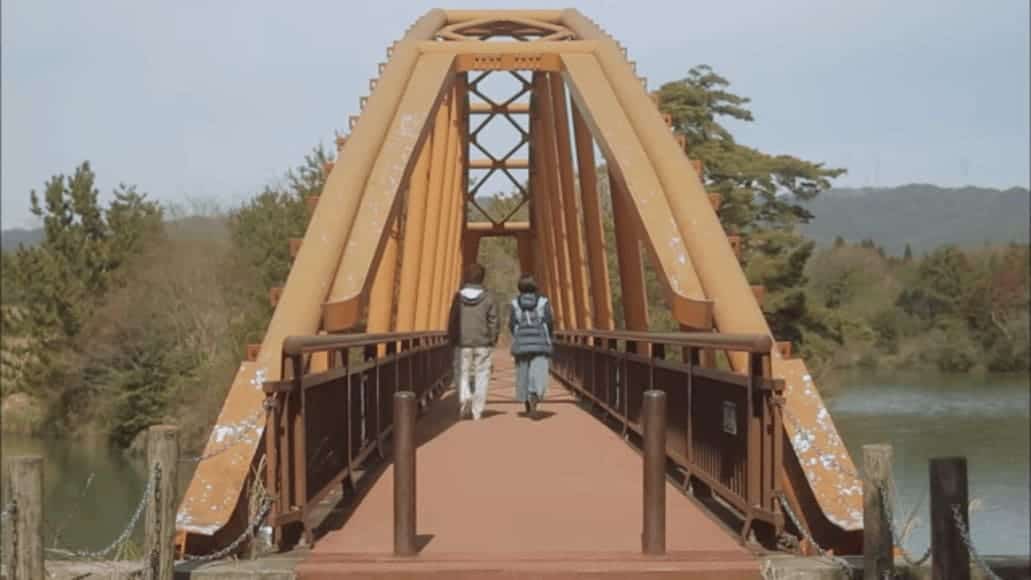
The same year, 2013, Fukada also shot “Inabe”, a short about Naoko, who goes to visit her family after 17 years of absence, after leaving for reasons that are never revealed, but hint at being unpleasant. Fukada focuses on the question of the meaning of life, but is not interested in simple answers, thus, there are no revelations and predicaments, an approach that makes every detail along the film more intriguing. One of his favorite “tricks” , the appearance of an individual that turns the whole story upside down, is here once more, in the face of Naoko's husband.
Marina Richter writes about the film: The awkward conversation between the siblings develops shyly before it diverts almost completely to the questions of life and death, sliding deeply into the domain of philosophical thinking and mathematics. Naoko compares asymptotic lines (approaching zero without ever fully disappearing) and growing smaller towards death, finding a confirmation in her denial of a linear perception of life by walking into a waterfall with water going upwards.


